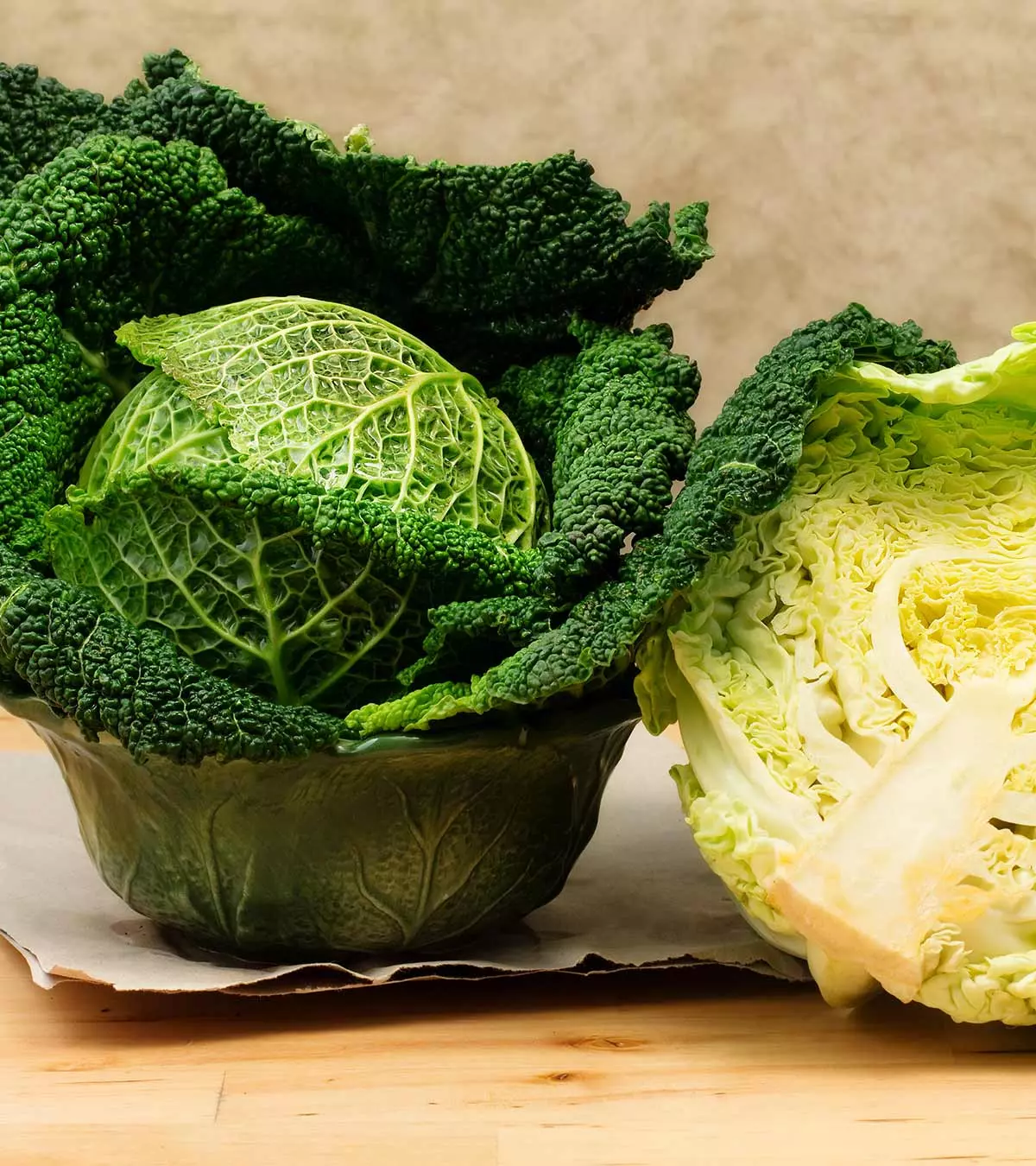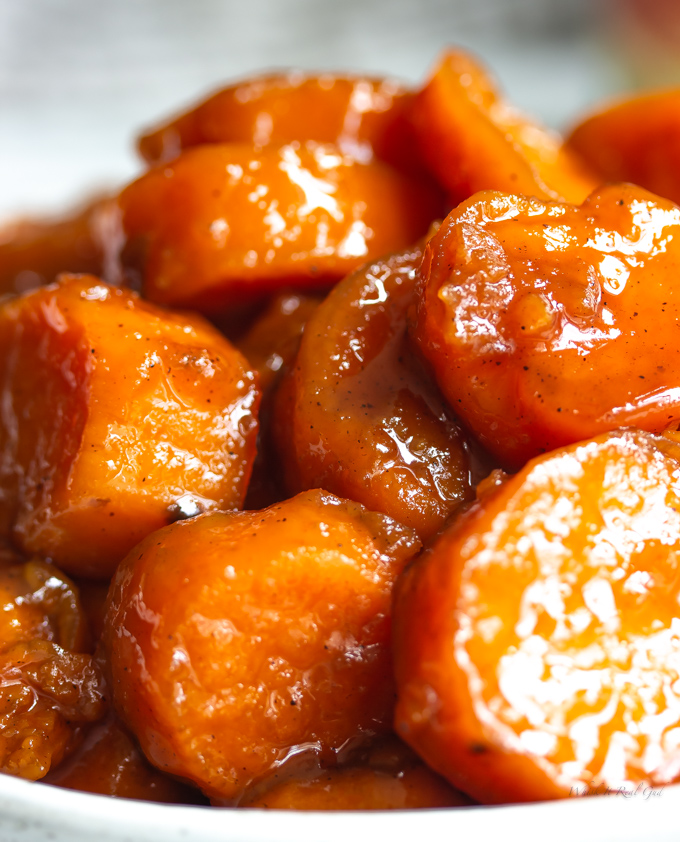Savoy Cabbage: Health Benefits, Recipes, Growing Tips, and Storage Hacks
Savoy cabbage originated in Europe, specifically in the Mediterranean region. It’s known for its crinkled, ruffled leaves, which distinguish it from other cabbage varieties. This cabbage is green but can have varying shades, from light to dark. The outer leaves are more textured, while the inner ones are tender and smooth. The mild flavor makes it adaptable for various culinary uses, perfect for dishes ranging from salads to stir-fries.
Nutritional Profile
Savoy cabbage offers a wealth of nutrients, making it a healthy addition to your diet. A one-cup serving contains approximately 19 calories and provides significant amounts of vitamins C and K. It’s also a good source of dietary fiber, folate, and manganese. Its antioxidant properties help combat inflammation, while its low-calorie content supports weight management. Further, the high fiber content aids in digestion, ensuring it meets both your nutritional needs and dietary preferences.
Benefits of Eating Easy Savoy Cabbage
Health Benefits
Savoy cabbage offers numerous health benefits due to its rich nutrient profile. High in vitamins C and K, Savoy cabbage supports a robust immune system and promotes healthy blood clotting. The folate content aids in cell production and growth, which is vital during pregnancy. Dietary fiber in this vegetable boosts digestion by ensuring regular bowel movements and preventing constipation.
Savoy cabbage contains antioxidants like sulforaphane and indole-3-carbinol, which help combat inflammation and reduce the risk of chronic diseases. With only 19 calories per one-cup serving, it can support weight management by making you feel full without adding excessive calories. Including Savoy cabbage in your diet can also contribute to better heart health by lowering bad cholesterol levels.
Culinary Uses
Savoy cabbage’s mild flavor and tender-crisp texture make it ideal for various culinary applications. In salads, its crinkled leaves add a unique texture and visual appeal. You can also use Savoy cabbage in soups and stews to provide a nutritious and flavorful component.
Stir-fries benefit from the addition of Savoy cabbage, offering a tender contrast to other vegetables and proteins. It can also be sautéed with garlic and olive oil or roasted to bring out its natural sweetness. With its versatility, Savoy cabbage serves as an excellent ingredient in both raw and cooked preparations, making it easy to incorporate into your daily meals.
How to Cook Easy Savoy Cabbage
Choosing the Right Cabbage
Selecting the perfect Savoy cabbage ensures the best results in your dishes. Look for heads with vibrant green, tightly packed leaves. Avoid cabbages with wilting, yellowing, or damaged outer leaves. Choose medium-sized cabbages, typically around 2-3 pounds, for optimal freshness and flavor. Freshness is key, so select ones that feel heavy for their size.
Simple Recipes
Savoy cabbage’s versatility allows for quick, easy recipes. One popular method is sautéing. Slice the cabbage into thin strips, then sauté in olive oil with minced garlic, salt, and pepper for about 5-7 minutes until tender yet slightly crisp. Another simple recipe is roasting. Cut the cabbage into wedges, drizzle with olive oil, then season with salt, pepper, and a sprinkle of your favorite herbs. Roast at 400°F for 25-30 minutes until golden brown.
Savoy cabbage also works well in soups. Add chopped cabbage to your vegetable or chicken soup during the last 15 minutes of cooking. Its mild flavor and tender texture complement many ingredients, enriching the soup. Lastly, consider using it in a quick stir-fry. Combine thinly sliced Savoy cabbage with other vegetables like bell peppers and carrots. Stir-fry with soy sauce and a touch of sesame oil for a nutritious, flavor-packed dish.
Growing and Storing Easy Savoy Cabbage
Growing Tips
Plant Savoy cabbage in well-drained soil to ensure optimal growth. For best results, sow seeds around 1/2 inch deep in early spring or late summer. Use spacing of about 18-24 inches between plants. Regularly water the plants to keep the soil consistently moist. Apply a balanced fertilizer every four to six weeks during the growing season.
Control pests like cabbage worms by using row covers or organic insecticides. Harvest Savoy cabbage when the heads are firm and well-formed, typically around 70-90 days after planting.
Best Storage Practices
Store freshly harvested Savoy cabbage in a cool, humid environment for maximum freshness. Use a refrigerator crisper drawer, set between 32-40°F, to prolong shelf life. If storing for more than a week, lightly mist the leaves and place the cabbage in a perforated plastic bag. For longer-term storage, blanch and freeze Savoy cabbage. Cut into wedges, blanch in boiling water for 1-2 minutes, then immediately cool in ice water before packaging in airtight containers.
Conclusion
Savoy cabbage is a powerhouse of nutrition and versatility that can easily be incorporated into your diet. Whether you’re sautéing, roasting, or adding it to soups and stir-fries, this leafy green offers numerous health benefits and flavors. Growing your own Savoy cabbage can be a rewarding endeavor with the right planting, pest control, and harvesting techniques. Proper storage ensures you can enjoy its freshness for longer periods. Embrace the ease and benefits of Savoy cabbage in your culinary adventures and reap the rewards of this nutritious vegetable.






